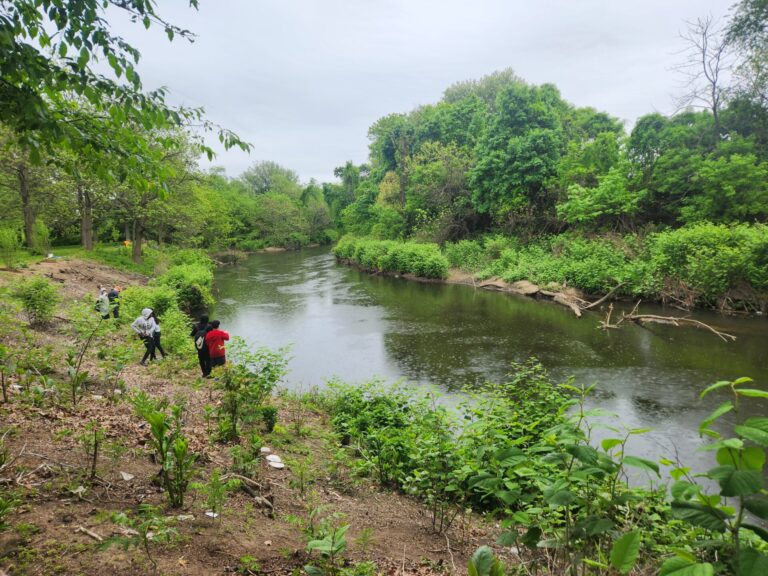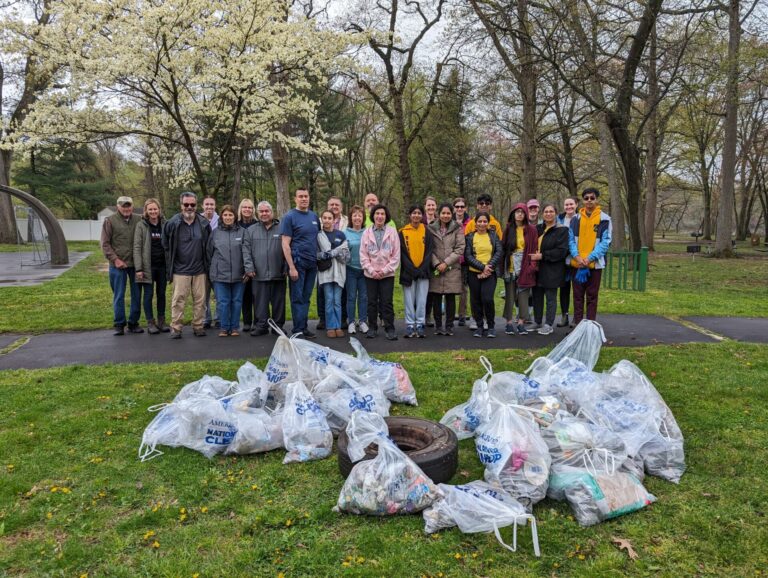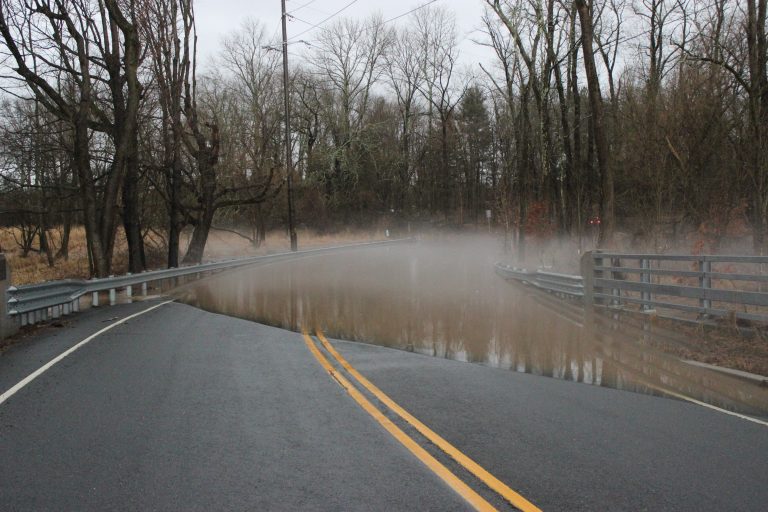 For the past 20 years, Tom Smith, 75, has blended his love for science and the outdoors as a StreamWatch volunteer for The Watershed Institute.
For the past 20 years, Tom Smith, 75, has blended his love for science and the outdoors as a StreamWatch volunteer for The Watershed Institute.
His interest in environmental science dates back to his college days Rutgers University, and later as a science teacher in E. Brunswick, Hightstown, Montgomery, and West Windsor-Plainsboro school districts. He is a retired science supervisor at the East Brunswick schools.
“I am a science geek so I like looking at the data,” he said. “I love being outdoors and do a lot of hiking and walking and participating in science.”
With most of central New Jersey reliant on groundwater for its water supply, it is vital to remain vigilant to any changes, he said. Finding alternatives or treating polluted groundwater is costly. It’s a fitting theme for StreamWatch’s 30th anniversary.
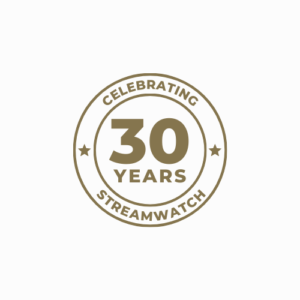 “I think healthy waterways are important to a healthy community,” Tom said. “By monitoring, you can have some baseline data to look back at and see if nitrates from fertilizer runoffs have been increasing over the last couple of years and then do something about it.”
“I think healthy waterways are important to a healthy community,” Tom said. “By monitoring, you can have some baseline data to look back at and see if nitrates from fertilizer runoffs have been increasing over the last couple of years and then do something about it.”
He and a friend and former E. Brunswick science teacher, Patricia Donahue, work as a pair on StreamWatch’s chemical action team (CATs), which has a corps of volunteers who test from 40 different sites. Tom and Pat sample water from the boat launch at Peddie Lake in Hightstown. He tests monthly in the field and sends the data sheets to the Watershed and the Hightstown Environmental Commission.
“I feel strongly about community science where you collect data so that you can look back and see what conditions were and if they’ve changed over time,” he said.
CATs volunteers test for dissolved oxygen, which is important for aquatic life. They also test for phosphates and nitrates that, when combined with warming temperatures, contribute to harmful algal blooms that make swimming, fishing and wading dangerous for people and pets. Their monthly sampling also tests for water and air temperature, pH and turbidity.
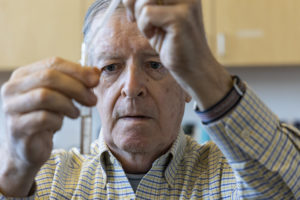 While outdoors and doing the water monitoring, the volunteers note any usual conditions that could affect the sample results.
While outdoors and doing the water monitoring, the volunteers note any usual conditions that could affect the sample results.
“Is there oil on the surface of the water? Is there flooding, and were there any torrential rains that could impact the testing? The rains could affect nitrate levels because it has washed off the land upstream from where we test,” he said.
“A lot of this comes from people over-fertilizing their lawns as well as farmers using nitrogen-based fertilizers for their crops and if there is a heavy rain, it ends up in the surface waters,” he continued.
The results are analyzed and reported to the public through the Watershed’s subwatershed report cards, municipal report cards, and online. Data is also submitted to the EPA’s Water Quality Exchange.
In April of 2011, he detected a surge in turbidity in his Peddie Lake samples. Turbidity, a measurement of the clarity of the water and an indicator of sedimentation entering the waterway, had remained relatively stable over the 11-year period we had monitored the lake.
“The water looked like chocolate milk” he recalled.
After some investigation, he linked it to the nearby NJ Turnpike expansion. Construction was occurring without proper sediment controls and soil was eroding into the lake.
Once this issue was pinpointed, it was able to be resolved and sediment fencing was erected – all because of his StreamWatch efforts at the ground level.
“I just think having a clean environment is something that everyone should aspire to,” he said. “Between The Watershed Institute, the D&R Greenway, and the NJ Conservation Foundation – all three do a great job at preserving land in central New Jersey and in monitoring environmental quality.”


